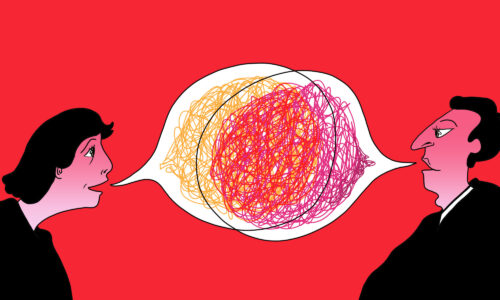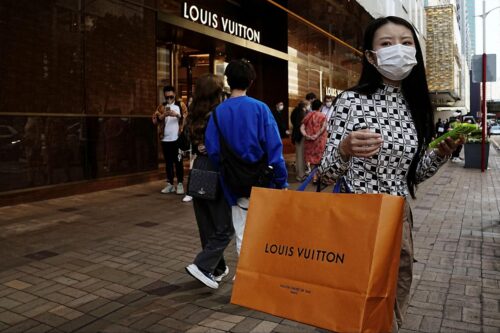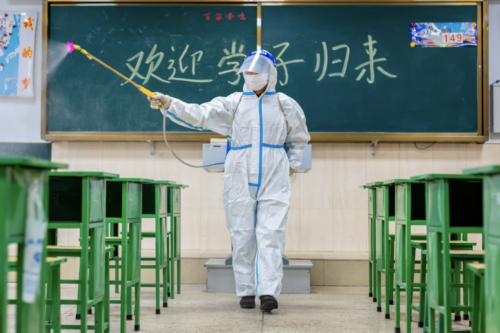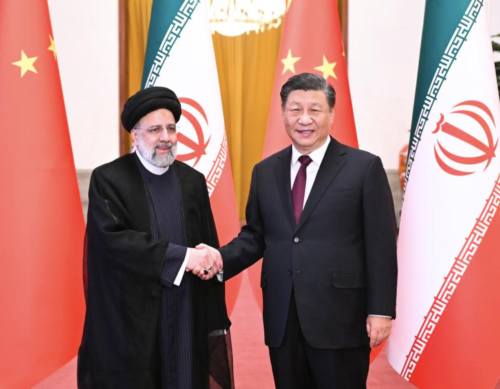The antiviral clothing craze is hot bunk, but companies are still trying to cash in
Annil is China’s leading children’s clothing brand, and recently the company has been hyping its new line of antiviral clothing, juicing its stock prices. But Annil has been investigated for insider trading and a doctor has called the technology essentially useless.
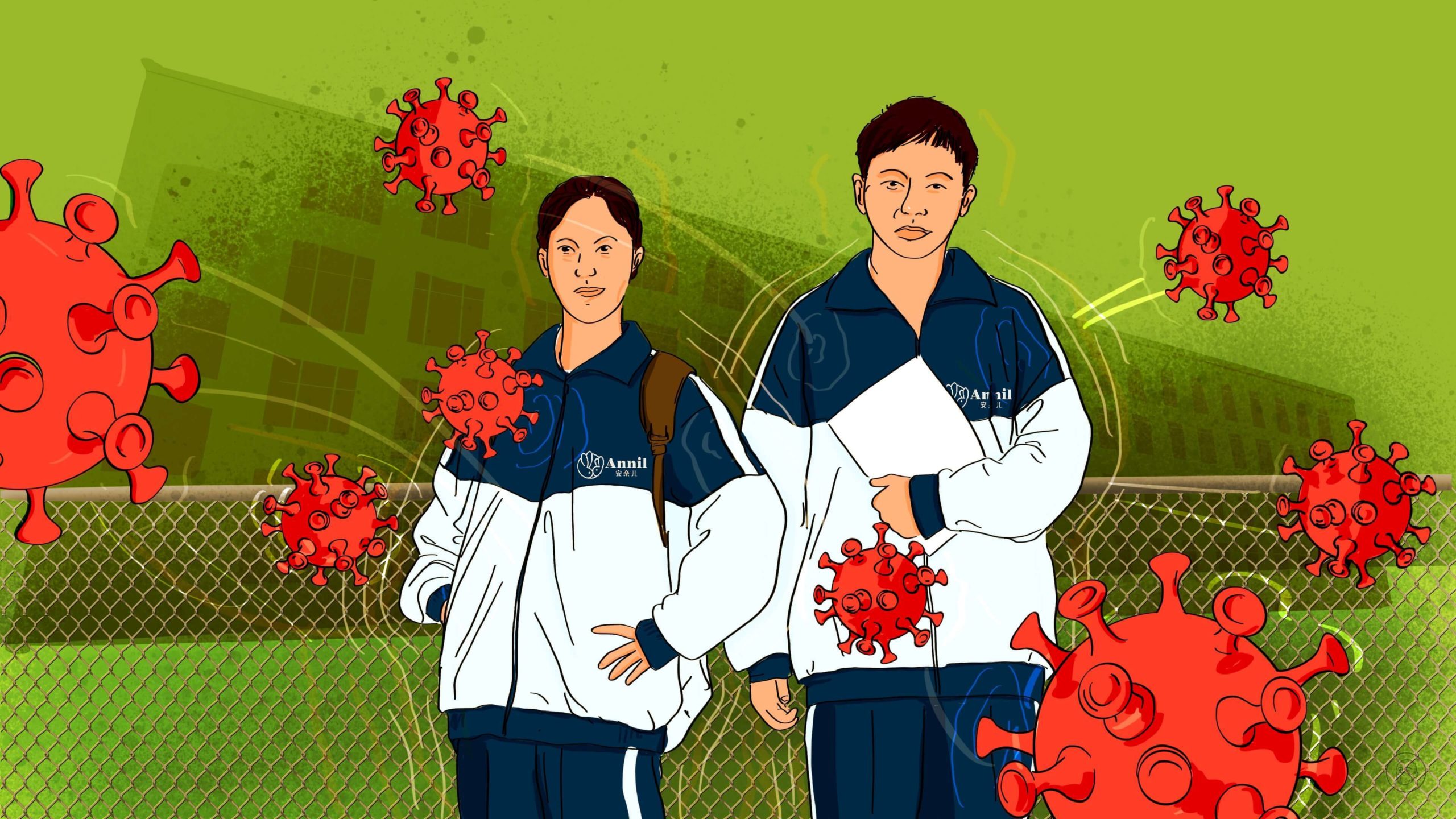
Yesterday, the children’s clothing brand Annil 安奈儿 issued an announcement on abnormal fluctuations in its stock price, which had increased from 8.20 yuan ($1.17) per share on November 1 to 21.60 yuan ($3.09) on November 19. In the process, Annil poured more cold water on a product the company has been hyping over the last few weeks, which caused the stock frenzy: a new line of antiviral clothing.
According to Annil’s announcement, the technology that is used to treat textiles to make them antiviral is still in the testing stage, and there are still a lot of “uncertainties,” both of the approval of the technology and its market prospects. This is a rather different story from the company’s other recent pronouncements.
From one store to a national franchise
Annil’s history began in 1996, when two graduates of China Textile University in Shanghai, soon to be renamed Donghua University, founded a children’s clothing store in a fashionable mall in Shenzhen. The shop was an immediate success, and from 2000, Annil started opening franchises across China. In 2017, Annil listed on the Shenzhen Stock Exchange, and soon became known as China’s “leading children’s wear stock.”
But then Annil began to lose its shine. To maintain high annual growth rates of around 20%, Annil increased its marketing and sales expenses from 420 million yuan ($60.18 million) in 2017 to 627 million yuan ($89.84 million) in 2021, and the company has been losing money since 2020.
- In 2020 and 2021, Annil reported revenue of 1.25 billion yuan ($180.11 million) and 1.18 billion yuan ($169.93 million), and net losses of 46.82 million yuan ($6.70 million) and 3.02 million yuan ($434,016), respectively.
- So far in 2022, Annil has been further strung out: In the first three quarters, revenue was 674 million yuan ($96.57 million), a year-on-year decrease of 17.17%, and the net loss was 154 million yuan ($22.06 million).
Numerous other brands have entered the children’s clothing market, including big local brands like Anta 安踏, Semir 森马服饰, and Li-Ning 李宁, and foreign brands like Adidas and Nike.
A textile breakthrough?
On August 22 this year, Annil announced that it had formed a joint venture with Shuimu Juli Grafting New Technology (水木聚力接枝新技术(深圳) — a company that uses electron beam grafting technology to modify the surfaces of textiles — for the research and development and production of antimicrobial fabrics and antiviral fabrics. According to Annil, the grafting technology used in its fabrics had been developed by a team at Tsinghua University in Beijing, and makes use of an ammonium salt disinfectant.
Wet processing is how textiles are bleached, dyed, and printed, a process that uses a lot of water and that creates polluting byproducts. Electron beam irradiation (EBI), on the other hand, is a dry technology that eliminates the need for the chemicals used in wet processing. The technology developed by Annil and Shuimu Juli Grafting is supposed to use electron beam grafting to graft textile fibers and the ammonium salt molecules together to form a composite material of functional polymers that could repel viruses.
Annil stated in August that it had received a certificate verifying the technology from the China National Textile and Apparel Council. In October, Annil announced that laboratory tests of its treated fabrics undertaken at Wuhan University had indicated a pox virus inhibition rate of more than 99%, even though China does not as yet have any textile antiviral testing standards.
On November 17, Annil held another press conference, and by this time the market had taken notice, because from November 18, Annil’s stock price started a steady climb. By December 2, the stock price had increased by 106.48%. On November 23, Annil doubled down, announcing that it had signed a cooperation agreement with the Shenzhen School Uniform Industry Association to mass-produce antiviral school uniforms in 2023. Although Annil specified that this agreement was only for the purposes of “communication and cooperation,” not sales, it did say that the new clothing will be more expensive than conventional school uniforms, but not by much.
After the company’s stock price had started to increase, Annil’s director and deputy general manager decided to cash in. On November 18 and 21, and again on November 22 and 25, the two executives unloaded millions of the company’s shares. On December 1, this brought down a letter of concern from the Shenzhen Stock Exchange, which wanted to know whether the shareholders’ recent share reductions involved any insider trading. And Annil was also asked to explain the current situation with the antiviral fabrics.
Annil began to backpedal. In its response to the Shenzhen Stock Exchange, the company stated that the technology was still in the testing stage, market prospects are uncertain, and the company had submitted a patent application, which had not yet been approved.
China news, weekly.
Sign up for The China Project’s weekly newsletter, our free roundup of the most important China stories.
Antiviral sweaters and towels
Unfortunately, an antiviral sweater is not actually going to protect you from catching COVID or any other virus. An anonymous doctor consulted by a journalist on the recent fad of antiviral clothing gave a frank response: There is no use for ordinary people to wear such clothing, although it might be of some use for medical staff who work with fever patients to minimize the risk of infection. In other words, it’s just hot bunk.
Yet this has not stopped numerous companies from participating in the antiviral and antimicrobial clothing frenzy. According to a review published in one article, as of December 1, a total of 31 Chinese companies have applied for antiviral and antimicrobial clothing patents, including for children’s wear, adult clothing, home textiles, and sportswear. The following are some examples that have appeared in the Chinese media of late:
- Yiling Pharmaceutical 以岭药业: Non-woven antiviral fabrics for masks containing an extract of liánhuā qīngwēn (连花清瘟), a traditional Chinese medicine treatment for influenza.
- Sunvim Group 孚日集团: Antiviral towels and bedding containing rare earth composite material. The company claims that the products are in the final testing stage and are expected to be launched in February 2023.
- Ruyi Group 如意集团: Antimicrobial and antiviral machine-washable wool fabrics using silver and graphene.
- Semir Garment 森马服饰: Antimicrobial and antiviral clothing using organic zinc.
- ZhongWang Fabric 众望布艺: Antiviral fabrics using carbon fiber.
- Jinan Shengquan Group 济南圣泉集团: Antimicrobial and antiviral clothing made with a “special biopolysaccharide material.”
The hype is still working
And Annil is still doing fine: Despite the shenanigans, as of December 20, its stock price is still riding high at 23.07 yuan ($3.30) per share.

